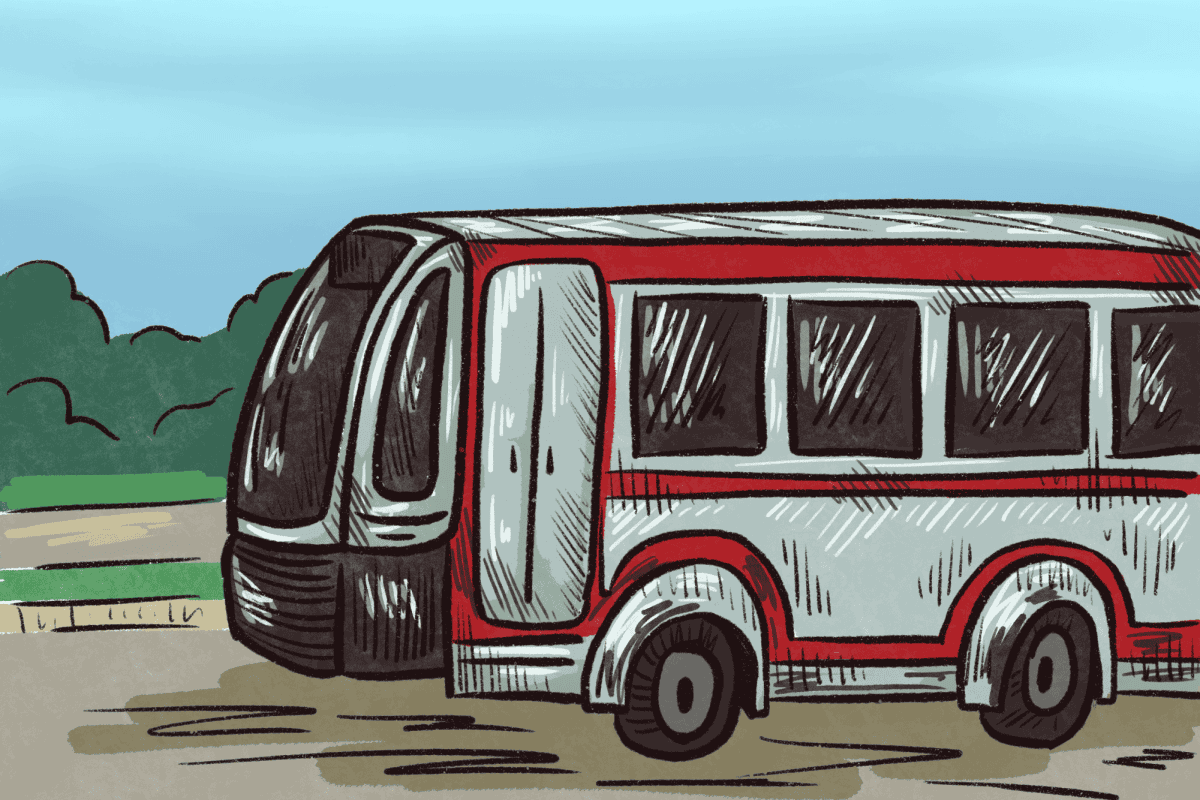Education in America is a double-edged sword. On one hand, it represents a stepping stone. It serves as a ladder, a tool with which enterprising young people can achieve their dreams.
On the other hand, education represents a barrier. It is a partition separating those who can afford a first-rate education from those who cannot. It is a wall made out of time, tuition and demands that separates Americans from the jobs and freedoms they crave.
Statistics back up both of these images of education. Americans with more education earn better pay, acquire better jobs and possess increased social mobility. But Americans are increasingly unable to access education at prices affordable to the lower and middle class. Student debt in America clocked out at over $1.2 trillion in 2014, making it the highest source of private debt apart from mortgages.
This statistic is even more concerning in light of another fact: By 2020, two out of every three jobs in America will require some higher education. That means we are spiraling toward a system where Americans need training they can’t afford before they can even enter the job market. It means your standing in America will depend on, perhaps more than ever, the money that your parents have available to pay for college. And on a chilling economic note, it means an education bubble of massive proportions is forming – one that threatens the stability of our country’s future as well as the integrity of its principles.
All of these things are what make it so important that Obama proposed federally subsidized community college in his State of the Union address Tuesday. In his proposal, Obama indicated he would like to make community college free for students who get good grades and stay on track to graduate.
Opponents have argued this plan isn’t economically feasible. To be sure, it will be expensive. But I suspect most Republicans will agree that it is in the country’s best interests to reduce the number of Americans stuck on welfare. By giving more Americans access to their dreams, we’re also creating more productive participants in the economy, more taxable jobs to fund the government and a renewed emphasis on America as a leader in science and industry.
This plan will also have significant side benefits. By ensuring Americans have access to decent free education, Obama would ensure that conventional universities have incentive to keep costs low and avoid waste. Currently, many universities are in the practice of charging whatever they want for tuition, knowing full well how desperate their applicants are for the future a good education affords. This has contributed to college tuition inflation that has far outstripped national inflation rates. But if Americans had the option of a decent, free education, universities across the country would be forced to take a long, hard look at their pricing options.
It is worth noting, however, this plan won’t work without a significant overhaul of the way community colleges work. Today, only about a quarter of all community college students will finish their degree in six years, and only 12 percent will receive a bachelor’s degree. If these numbers don’t change, free community college won’t be of much use to anyone. Tennessee and Chicago, which Obama used as examples of free community college done right, have also instituted largely successful reforms to improve these numbers.
With some changes to community colleges’ operation and oversight, Obama’s plan represents a fantastic way to get America’s education system back on track. It’s not a cure-all, but it may constitute a significant push towards equality – and productivity – in our country.
Nathan James is a senior majoring in psychology. His column runs weekly.






